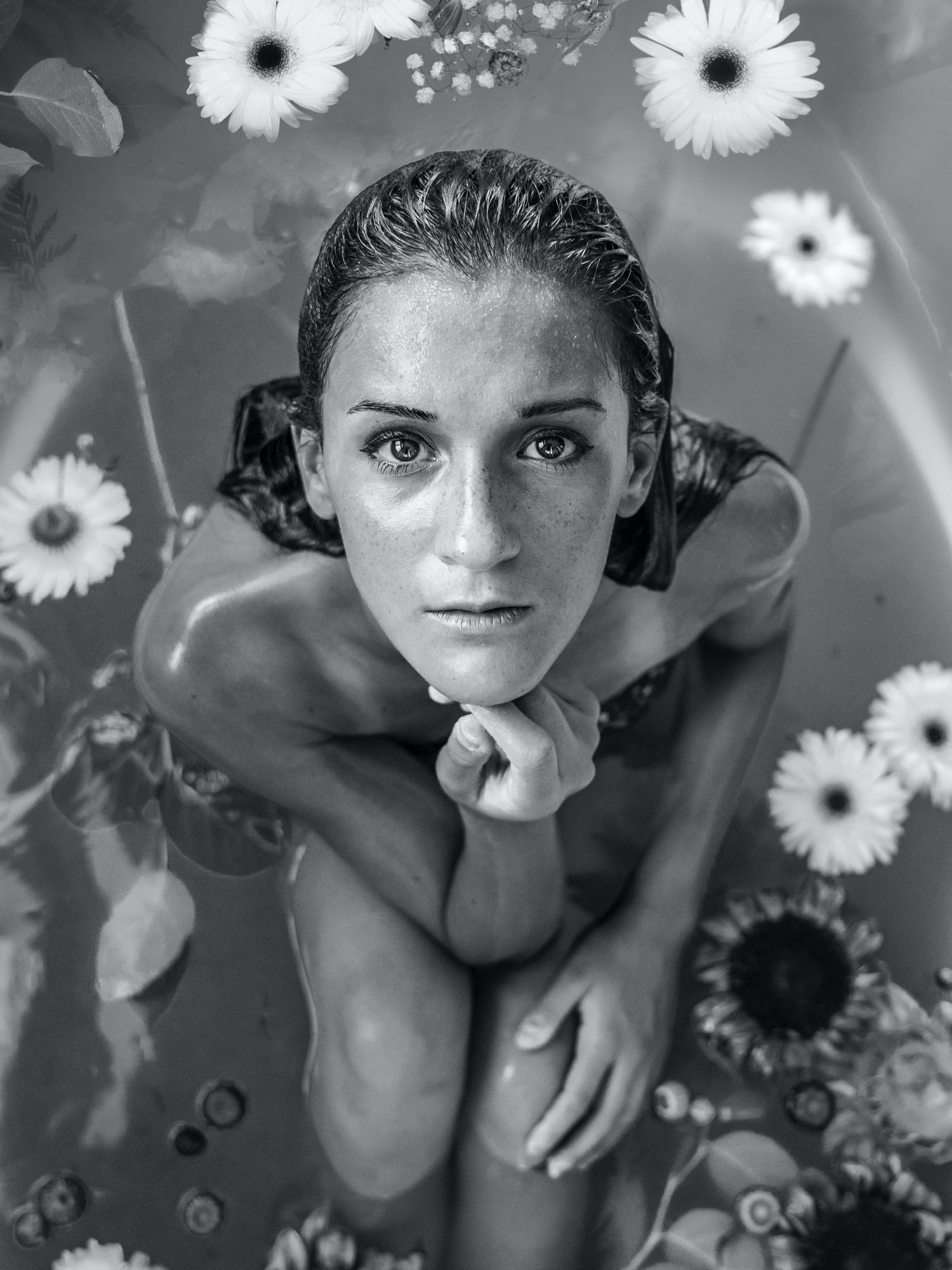The G-spot and Female Ejaculation
The G-spot, named after the German gynaecologist Ernst Gräfenberg, rather is an erogenous zone than a single spot, which might extend – comparable to a…
The G-spot, named after the German gynaecologist Ernst Gräfenberg, rather is an erogenous zone than a single spot, which might extend – comparable to a candelabra, – into the upper vaginal area. Concerning the sensual sensitivity when receiving an extensive Yoni massage, you will certainly experience a distinct difference between upper and lower vaginal wall. This is because the upper vagina is directly connected to the urethra erectile tissue and its extremely sensitive glands. Consequently, the G-spot as a complex gland tissue is not as tiny as many people assume it to be. Rather it is comparable to a kite-like expanse extending through your upper vaginal wall; it is essential and sensual for our sexuality.
It is the kite-shaped, spongy tissue of the paraurethral gland, which is analogous to the male prostate. The actual area is only about the size of a quarter, but it feels rougher to the touch than the surrounding tissue. Because the G-spot is composed of erectile tissue, it swells up when blood rushes to it — especially if you learn how to master the woman’s G-spot effectively.
However, there really is one single spot within this kite-shaped gland structure which is very special indeed and reacts much more intensely than the area around it. On their way to the spine the nerves in the clitoris responsible for lust meet exactly on this spot called the G-spot. typically described as being located one to three inches (2.5 to 7.6 cm) up the front (anterior) vaginal wall between the vaginal opening and the urethra and is a sensitive area that may be part of the female prostate. The G-spot’s characteristic is that its tissue seems ribbed while the remaining Yoni structure appears to be even.
It’s usually an oval area or ridge (sometimes called the “G-crest”) about the size of a elongated dime or quarter. (However, some consider the G-spot to actually be the entire urethral sponge.) When you’re aroused, the urethral sponge fills with blood and its glands fill with fluid, causing the area to swell and firm up — which is why many women (or their partners) are only able to locate the G-spot once they’re, you know, good and ready. The connection between the nerves of the G-spot and the bladder. This often leads to the delusion that the woman has to urinate when this area is stimulated.
Fetuses, whatever sex they’re destined to become, all start out female. It’s not until the 7th or 8th week of gestation when the Y chromosome kicks in for the boys. The same embryonic tissue that eventually develops into the prostate gland in boys is what eventually becomes the para- and periurethral glands in girls. New research suggests that the female urethral sponge with these glands and ducts is not just leftover tissue, but is actually its own working organ with similar functionality (i.e. it enables female ejaculation in some women).
Female ejaculation
In high sexual arousal the urethra erectile tissue is strongly supplied with blood and in extremely high arousal a liquid can leak out from the urethra lateral canal (“Skene’s glands”) reminiscent of the male prostate liquid. Consequently it is also called a feminine ejaculate.
Female ejaculation sometimes is not limited to a few droplets but can occur batch-wise in spouts. Women ejaculating for the first time sometimes feel startled, because they think they are urinating. However, the liquid is different from urine in both odour and consistency. It tends to be odourless and does not leave yellow stains. Most women describe the ejaculation as an extremely sensual experience, as it happens in a moment of total devotion, leaving every control behind. Olivia appreciates the female ejaculation without reservation, but also without expecting it to happen with every Yoni massage.






